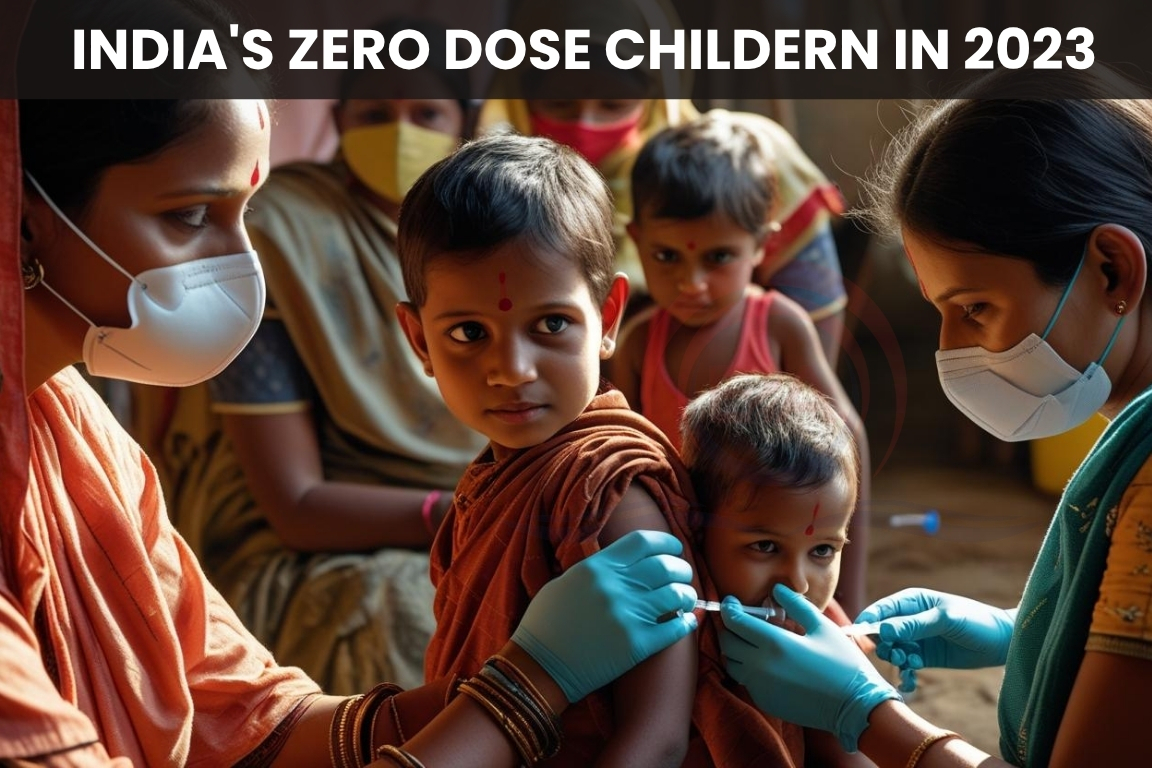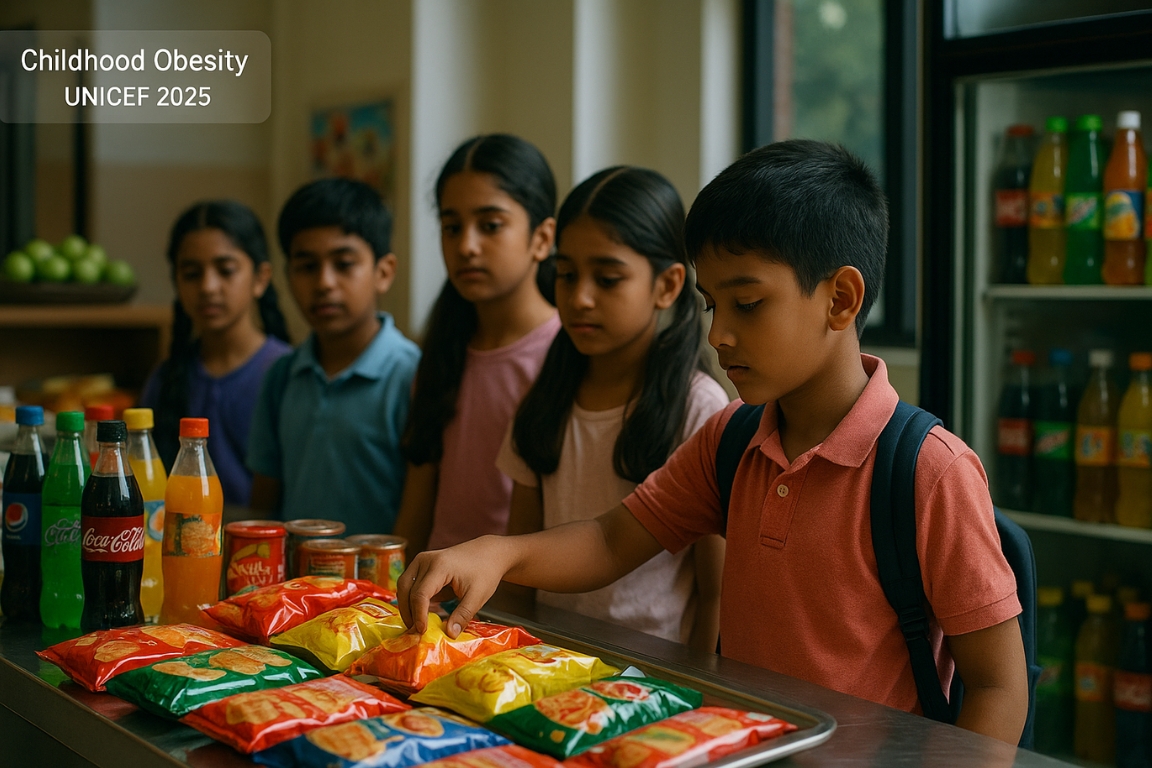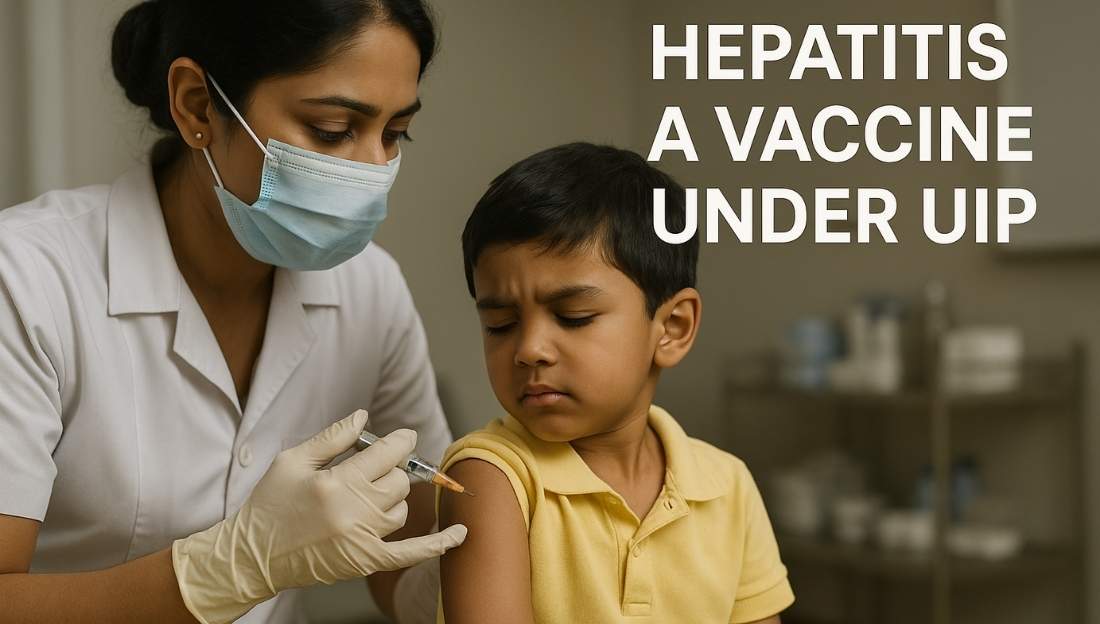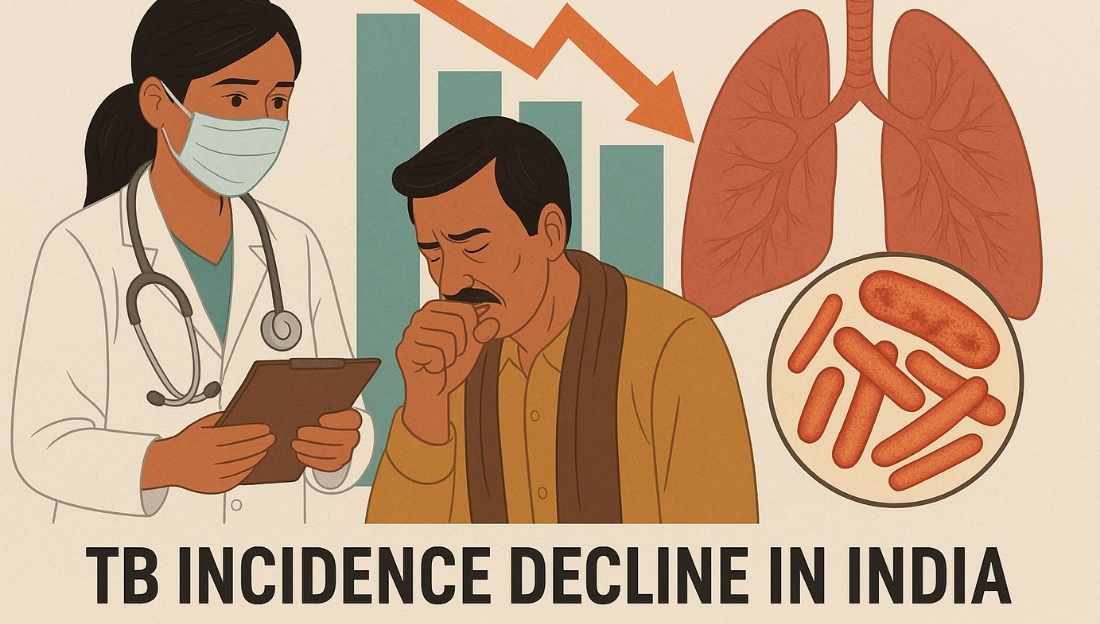India had 1.44 million zero-dose children in 2023, the second highest in the world, highlighting persisting inequities in vaccination coverage despite improved immunisation programs.
What are Zero-Dose Children?
- Children who haven’t received even the first dose of the DTP vaccine (Diphtheria, Tetanus, Pertussis).
- Considered a critical indicator of health system outreach and inequality in immunisation.
Trends in India
- In 2023, India had 1.44 million zero-dose children, compared to 2.7 million in 2021 and 1.1 million in 2022.
- In 1992, 33.4% of children were zero-dose; this dropped to 10.1% by 2016.
- However, the percentage rose again post-COVID due to disrupted health services.
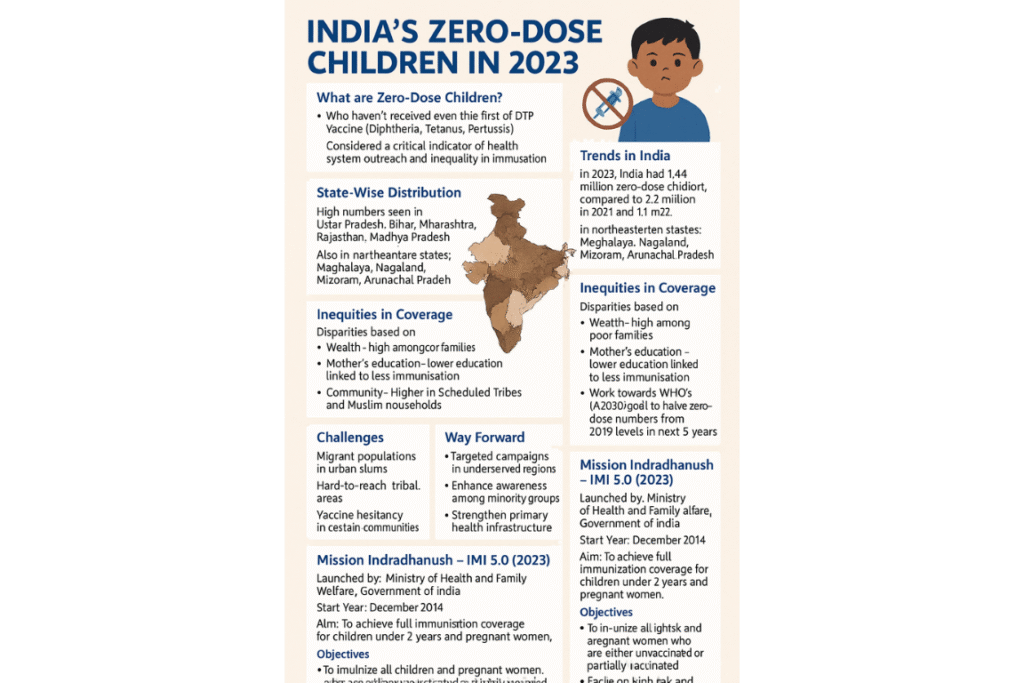
State-Wise Distribution
- High numbers seen in: Uttar Pradesh, Bihar, Maharashtra, Rajasthan, Madhya Pradesh, Gujarat
- Also in northeastern states: Meghalaya, Nagaland, Mizoram, Arunachal Pradesh
Inequities in Coverage
- Disparities based on:
- Wealth – high among poor families
- Mother’s education – lower education linked to less immunisation
- Community – Higher in Scheduled Tribes and Muslim households
- Rural-urban and gender gaps have reduced but pockets of exclusion remain.
Challenges
- Migrant populations in urban slums
- Hard-to-reach tribal areas
- Vaccine hesitancy in certain communities
Way Forward
- Targeted campaigns in underserved regions
- Enhance awareness among minority groups
- Strengthen primary health infrastructure
- Work towards WHO’s IA2030 goal to halve zero-dose numbers from 2019 levels in next 5 years
Mission Indradhanush – IMI 5.0 (2023)
Launched by: Ministry of Health and Family Welfare, Government of India
Start Year: December 2014
Aim: To achieve full immunization coverage for children under 2 years and pregnant women.
Objectives
- To immunize all children and pregnant women who are either unvaccinated or partially vaccinated.
- Focus on high-risk and underserved areas, such as urban slums, remote regions, and tribal populations.
- IMI 5.0 (2023): Focused on zero-dose children and full digital tracking using the U-WIN platform.
Achievements
- Increased full immunization coverage from around 62% (2015) to over 80% in targeted districts.
- Reached millions of children and pregnant women in hard-to-reach areas.


